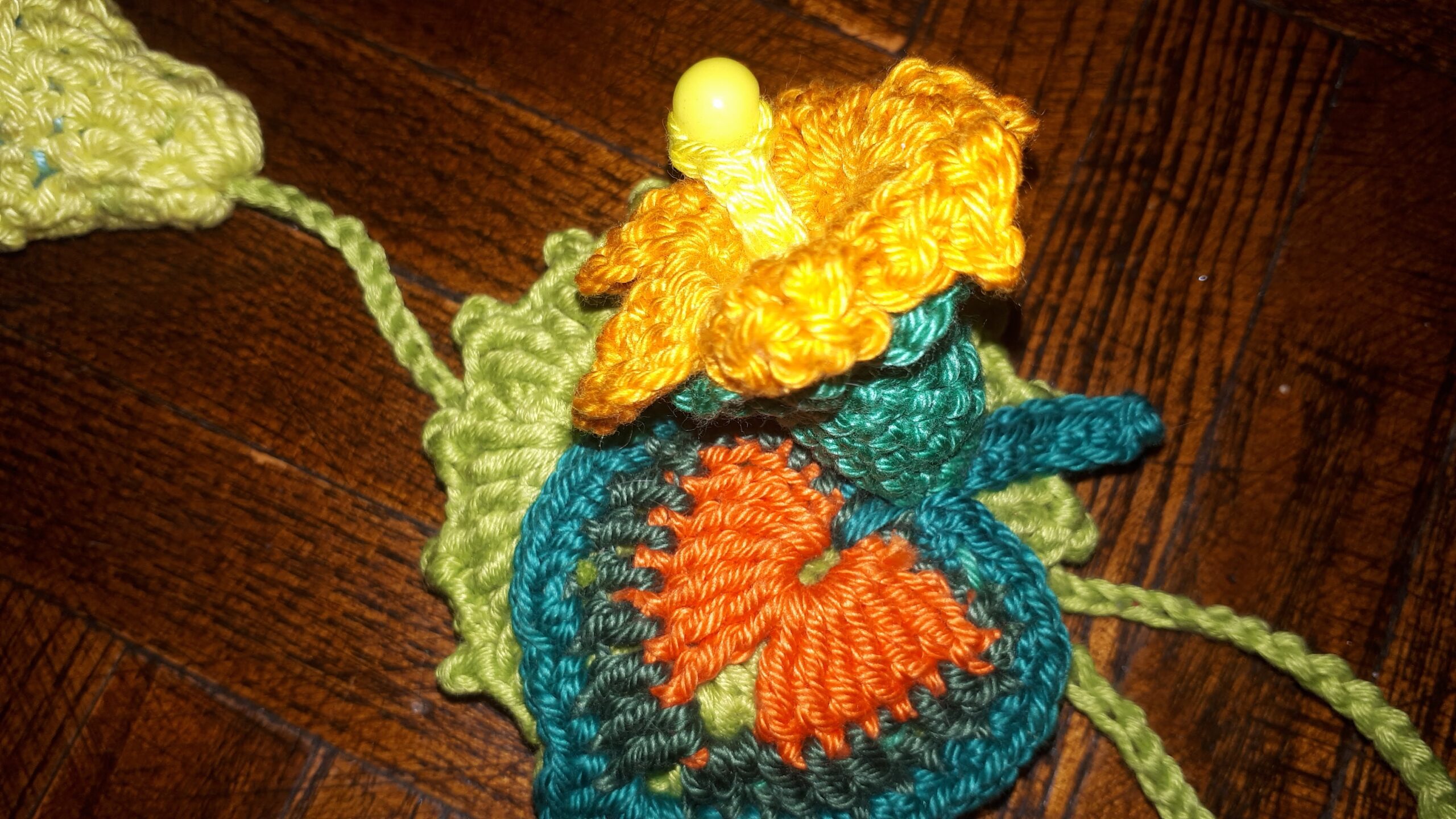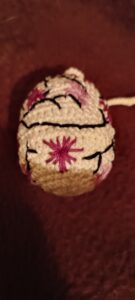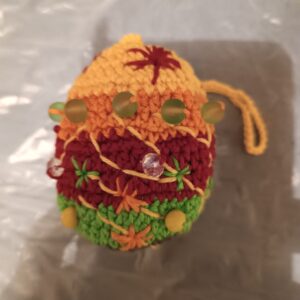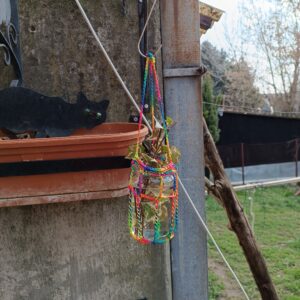O bazama podataka – Oracle
Pošto radim sa njima, ajde da i znam osnovne stvari o bazama.
Ovde je reč o Oracle bazama…..
*****************************************************************
A database is an organized collection of information treated as a unit. The purpose of a database is to collect, store, and retrieve related information for use by database applications.
A database management system (DBMS) is software that controls the storage, organization, and retrieval of data. Typically, a DBMS has the following elements:
*Kernel code – This code manages memory and storage for the DBMS.
*Repository of metadata – This repository is usually called a data dictionary.
*Query language – This language enables applications to access the data.
A database application is a software program that interacts with a database to access and manipulate data.
Today, the most widely accepted database model is the relational model.
A relational database is a database that conforms to the relational model. The relational model has the following major aspects:
*Structures – Well-defined objects store or access the data of a database.
*Operations – Clearly defined actions enable applications to manipulate the data and structures of a database.
*Integrity rules – Integrity rules govern operations on the data and structures of a database.
A relational database stores data in a set of simple relations. A relation is a set of tuples. A tuple is an unordered set of attribute values.
A table is a two-dimensional representation of a relation in the form of rows (tuples) and columns (attributes). Each row in a table has the same set of columns. A relational database is a database that stores data in relations (tables).
The relational model is the basis for a relational database management system (RDBMS). Essentially, an RDBMS moves data into a database, stores the data, and retrieves it so that it can be manipulated by applications.
Oracle Database is an RDBMS. An RDBMS that implements object-oriented features such as user-defined types, inheritance, and polymorphism is called an object-relational database management system (ORDBMS). Oracle Database has extended the relational model to an object-relational model, making it possible to store complex business models in a relational database.
One characteristic of an RDBMS is the independence of physical data storage from logical data structures.
In Oracle Database, a database schema is a collection of logical data structures, or schema objects. A database schema is owned by a database user and has the same name as the user name. Schema objects are user-created structures that directly refer to the data in the database. The database supports many types of schema objects, the most important of which are tables and indexes.
A schema object is one type of database object. Some database objects, such as profiles and roles, do not reside in schemas.
You define a table with a table name, such as employees, and set of columns. In general, you give each column a name, a data type, and a width when you create the table.
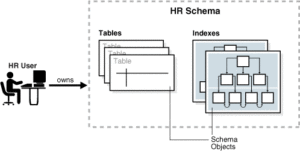
A table is a set of rows. A column identifies an attribute of the entity described by the table, whereas a row identifies an instance of the entity.
An index is an optional data structure that you can create on one or more columns of a table. Indexes can increase the performance of data retrieval. When processing a request, the database can use available indexes to locate the requested rows efficiently.
SQL is a set-based declarative language that provides an interface to an RDBMS such as Oracle Database. In contrast to procedural languages such as C, which describe how things should be done, SQL is nonprocedural and describes what should be done. Users specify the result that they want (for example, the names of current employees), not how to derive it. SQL is the ANSI standard language for relational databases.
PL/SQL is a procedural extension to Oracle SQL. PL/SQL is integrated with Oracle Database, enabling you to use all of the Oracle Database SQL statements, functions, and data types.
A transaction is a logical, atomic unit of work that contains one or more SQL statements.
Partitions are pieces of large tables and indexes. Each partition has its own name.
Views are customized presentations of data in one or more tables or other views. You can think of them as stored queries. Views do not actually contain data.
******************************************************************************
Uzeto sa ovog linka.
